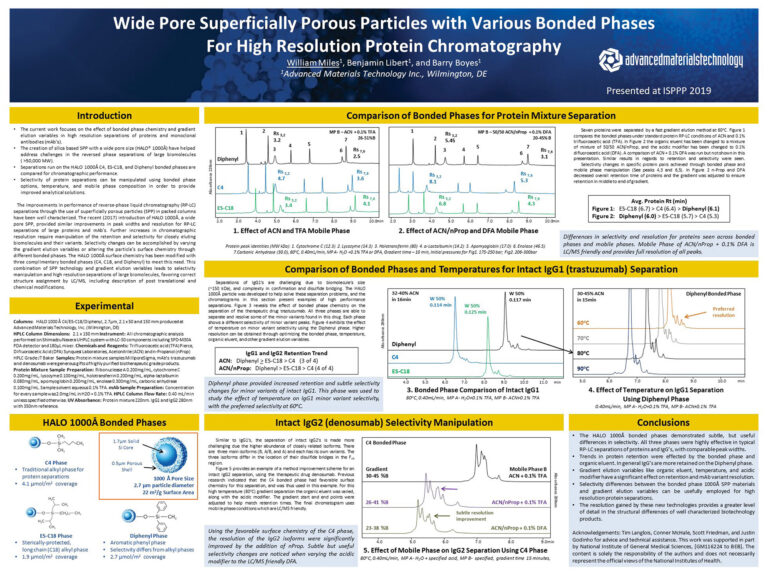

To do this, scaffolding materials need to mimic the natural spinal cord tissue, so they can be readily populated by native cells in the spinal cord, essentially filling in gaps left by injury. In APL Bioengineering, by AIP Publishing, researchers from UCLA have developed materials that can interface with an injured spinal cord and provide a scaffolding to facilitate healing. Images show dense infiltration of cells (shown in blue, cell nuclei), axons (shown in red in A, NF200 protein) and myelinating glial cells (shown in green, myelin basic protein) in the BDNF-laden scaffolds. These were compared to control scaffolds, which were lacking the BDNF vector. Scaffolds were fabricated from hyaluronic acid (HA) with a regular network of cell-scale macropores and loaded with gene therapy vectors encoding for brain-derived neurotrophic factor (BDNF), to promote axonal survival and regeneration. Images show myelinated axons in biomaterial scaffolds eight weeks after injection into the injured cord of a mouse. Unfortunately, clinicians have relatively few tools to help patients regain lost functions. WASHINGTON, MaSpinal cord injuries can be life-changing and alter many important neurological functions. Link to article: Injectable, macroporous scaffolds for delivery of therapeutic genes to the injured spinal cord


 0 kommentar(er)
0 kommentar(er)
